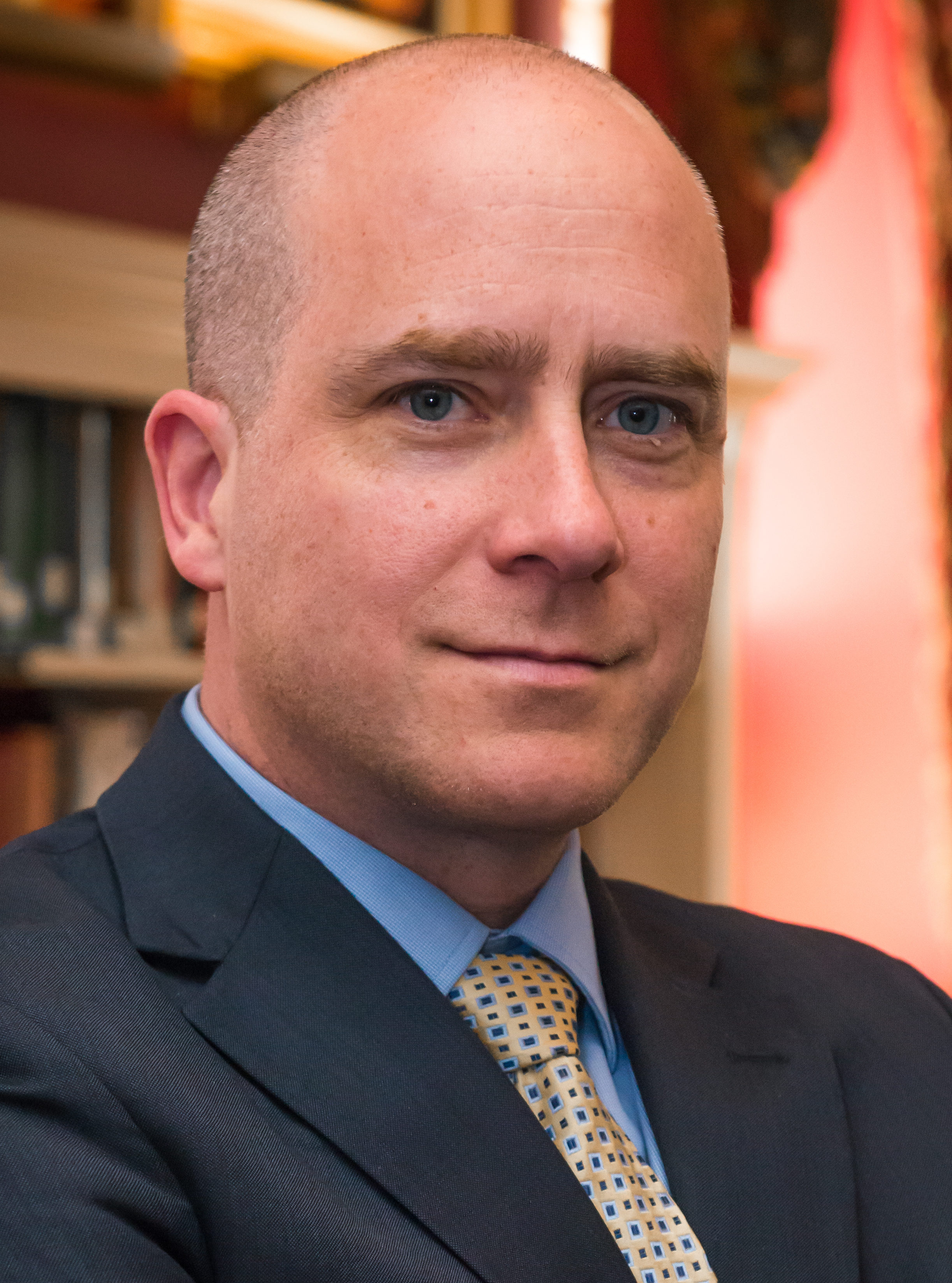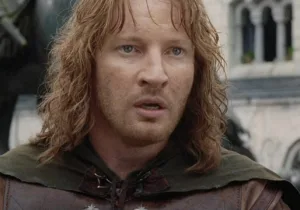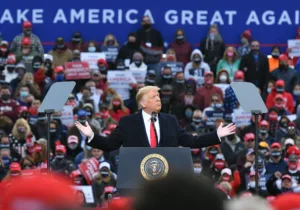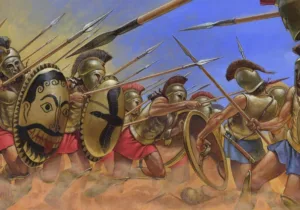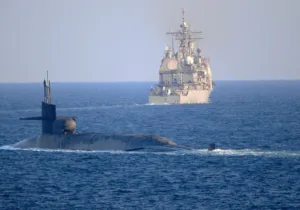A half-century later, the name “My Lai” has become synonymous with the atrocities committed on the 16th of March 1968 in Son My Village, in an agricultural region of South Vietnam. Technically, four massacres occurred that day in a cluster of sub-hamlets including, in addition to My Lai, My Khe, Binh Tay, and Binh Dong. The chief perpetrator of the crimes has long been held to have been William Calley, a 2nd Lieutenant who headed one of the platoons in Charlie Company of the 1st Battalion, 20th Infantry Regiment, 11th Brigade of the 23rd Americal Infantry Division of the United States Army.
Charlie Company, under the operational command of Captain Ernest Medina, entered the Son My Village on a search-and-destroy mission to root out Viet Cong soldiers from what was thought to be an enemy stronghold. Despite finding no enemy presence, over the next several hours the soldiers nevertheless torched homes and outbuildings, slaughtered livestock, gang-raped women and girls, and—with knives, bayonets, grenades, and small arms fire—murdered defenseless civilians. By the time the killing was completed, approximately 350-504 Vietnamese men, women, and children were dead. While there were few to no fighting age males included among the killed, there were at least fifty infants and toddlers. The attempted cover-up, the initial disclosure by service members, the trials, exonerations, court-martials, acquittals, and commutations are significant markers in both popular perceptions regarding the Vietnam War and American history more generally.
Today, March 16th, marks an anniversary almost indescribably grim; save to say it is disgraceful, abhorrent, and sorrowful.
But it is also something more. In addition to the horror, something else happened 50 years ago today. Something heroic. The primary players here are Chief Warrant Officer Hugh Thompson, the pilot of a “Skeeter,” an observation helicopter, a small bubble-like aircraft with two M-60 machine guns on either side. Accompanying Thompson were crew chief SP4 Glenn Andreotta and gunner SP Lawrence Colburn. Their mission was simple, if a bit absurd: hover over the treetops and draw fire in order to help the two accompanying gunships locate and destroy the enemy.
However, almost immediately, their mission changed.
As Charlie Company entered the Son My Village, Thompson and his crew continued to fly reconnaissance in support of the ground troops. As the massacre began to unfold, the skeeter crew, initially unaware of what was happening below, began to realize something was going very wrong. Thompson recounted: “It didn’t take very long until we started noticing the large number of bodies everywhere. Everywhere we’d look, we’d see bodies. These were infants, two-, three-, four-, five-year-olds, women, very old men, no draft-age people whatsoever.” The crew initially thought artillery fire had inadvertently caused the civilian casualties and they tried to alert the ground troops concerning the civilians in need. Thompson continued:
We saw a young girl about twenty years old lying on the grass. We could see that she was unarmed and wounded in the chest. We marked her with smoke because we saw a squad not too far away. The smoke was green, meaning it’s safe to approach. Red would have meant the opposite. We were hovering six feet off the ground not more than twenty feet away when Captain Medina came over, kicked her, stepped back, and finished her off. He did it right in front of us. When we saw Medina do that, it clicked. It was our guys doing the killing.”
The helicopter crew kicked in action and, over the next several hours would stage a series of rescue interventions. In one dramatic moment, Thompson landed the Skeeter between a group of Vietnamese civilians cowering in a bunker a squad of American soldiers advancing to kill them. Thompson jumped out and confronted the US officer leading the squad—his superior—but to no avail. Thompson finally threatened to kill the officer unless he and his men stood down. In an interview at the United States Naval Academy, Thompson explained simply: “I tried asking. I tried talking. I tried screaming. Nothing else was working.” After giving Andreotta and Colburn orders to open fire on their fellow Americans if the ground troops opened up on any more civilians, Thompson personally escorted the Vietnamese to a second chopper and had them airlifted to safety. Thompson and his crew were able to rescue over a dozen old men, women, and children.
In a second incident, as Thompson got the Skeeter airborne again, Andreotta noticed movement in an irrigation canal full of corpses. Under the orders of Lt. Calley, villagers had been herded to the edge of the ditch and machine gunned into it. Andreotta had Thompson again set down the helicopter. In the recently published My Lai: Vietnam, 1968, and the Descent into Darkness, author Howard Jones describes what happened next:
Andreotta made his way down into the trough, slick on its sides with blood and already stench-filled, while Colburn stood at the edge. “I didn’t want to look into the ditch,” he recalled. Andreotta quickly sank “knee-deep in people and blood” but saw a young kid a short distance away. Andreotta struggled to the child through dead and dying human beings, some grasping at his legs and pleading for help. “I can’t help you,” he mumbled over and over again. “You’re too bad off.” Finally, Andreotta found what he thought was a boy of about three years of age, alive and pinned under several bodies, covered with blood and clutching a corpse riddled with bullet holes.
They carried the child, whom they would later be told was a girl, stretched across their laps, as they flew back to base.
What do we do with this? Well, if the My Lai anniversary ought to call to mind the disgrace, abhorrence, and sorrow of that day, the story of Thompson, Colburn, and Andreotta commends us also to remember the heroism, love, and basic decency that walked the battlefield the day. Horror did not walk without challenge. This is not to qualify, discount, or dilute the horror. It is to remind us of some basic truths. It was C.S. Lewis—well, Aslan really—who reminded us: “You come of the Lord Adam and the Lady Eve, and that is both honour enough to erect the head of the poorest beggar, and shame enough to bow the shoulders of the greatest emperor on earth.” If anything, the presence of heroism by some that day highlights the moral evil and cowardice of others. There was no excuse for anyone to not act nobly.
That fact does not prevent excuses from being attempted. Captain Medina offered a justification: “We had lost a lot of good people that had served their country in Vietnam—in a mine field, due to sniper fire, due to mines and booby traps. The entire area was heavily infested with mines and booby traps. When infantrymen approach an area, the women and children will place these things out.” This is flaccid reasoning, of course. Other units had suffered equally horrendous loses, hell, they all did. But, as Thompson points out, the vast majority “didn’t go out the next day and wipe out a village.”
I don’t mean to suggest that Charlie Company had no legitimate grievances against some of the villagers of Son My. It is true that aggressors are sometimes motivated by the rage and desire for justice born of their own past victimization. Sometimes those who suffer under an aggressor share some measure of responsibility for what they suffer. But victims, too, are bound by the need to render their justified resentment proportionately and with discrimination. Victims, too, have responsibilities, including the obligation to not create new injustices.
My Lai happened 50 years ago, today. It was a human event. And that is enough to suggest there will be much to raise our heads and bow our shoulders. But it is a Christian duty to remember both.
There is more to be said about it. I will do my best to say some of it future reflections. Meanwhile, I’d love to hear from you.
Marc LiVecche is managing editor of Providence
image credit: Vietnamese women and children in Mỹ Lai before being killed in the massacre, 16 March 1968. According to court testimony, they were killed seconds after the photo was taken. The woman on the right is adjusting her blouse buttons following a sexual assault that happened before the massacre. Ronald L. Haeberle US Department of Defense photographer. Source: wikimedia commons.
